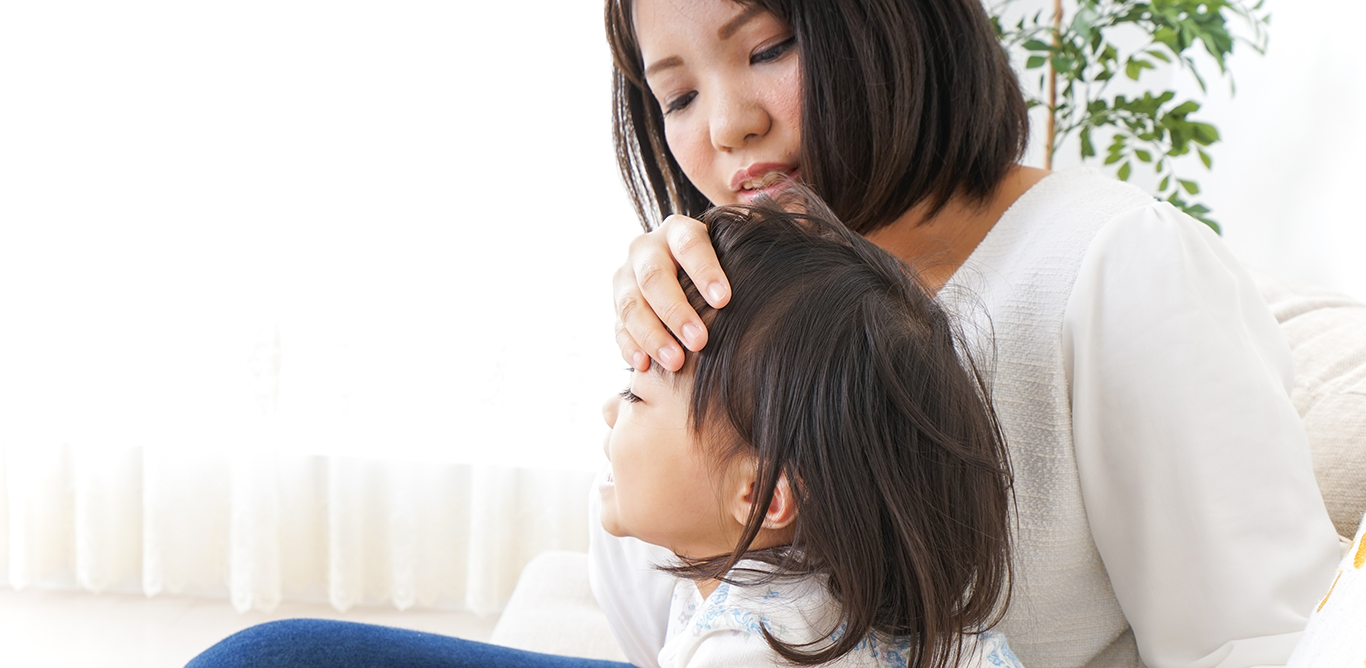
Find information about fever in children including how to measure body temperature and how to care for a child with a fever.
Fever is a rise in body temperature. It is a normal and healthy reaction to an infection. Fever helps the body fight infection.
What is normal body temperature?
Normal body temperature is around 37°C (98.6°F). Our body temperature usually rises during the day to around 37.6°C (99.6°F) and falls at night to around 36.3°C (97.4°F).
Measuring body temperature
Children often feel warm to the touch when they have a fever. To confirm your child has a fever, use a thermometer to measure your child’s body temperature.
The most common ways are in the armpit and under the tongue.
When to use the armpit method:
- For children who are six years old or younger.
- For children who cannot hold a thermometer under their tongue.
When to use the under the tongue method:
- For children who are over six years old.
- For children who can breathe easily through their nose.
Using a digital thermometer
Armpit method
- Turn the thermometer on.
- Sit your child on your lap.
- Undress the arm furthest from you.
- Place the tip of the thermometer in the centre of the armpit.
- Hold the arm against your child’s body.
- Remove the thermometer when you hear the beep – usually about one minute.
- Read the temperature.
- Clean the thermometer with cool, soapy water. Rinse well.
Under the tongue method
- Turn the thermometer on.
- Place the tip of the thermometer under the tongue, to the back of the mouth, just to one side of centre.
- Ask your child to close his or her lips around the thermometer.
- Remove the thermometer when you hear the beep – usually about one minute.
- Read the temperature.
- Clean the thermometer with cool, soapy water. Rinse well.
Never use a glass (mercury) thermometer.
How to care for a child with a fever
Keep your child cool but not cold.
- Dress your child in light clothing. Remove heavy sweaters and blankets.
- Keep the room temperature below 21°C (70°F).
- Use a fan in the summer to cool the room. Do not blow the cold air directly onto the child.
- Place a cool cloth on your child’s forehead.
- If your child starts to shiver, cover your child. Shivering increases body temperature.
Keep your child hydrated.
- Encourage your child to drink clear fluids such as water, apple or cranberry juice, or ginger ale.
- If your child is breastfeeding, continue to breastfeed as well.
- Older children can also have clear gelatine desserts and popsicles.
Giving medicine for fever
Only use medicines labelled specifically for infants and children.
Give your child either acetaminophen (Tylenol, Tempra, drugstore and other brands), or ibuprofen (Advil, Motrin, drug store and other brands).
Never give a child Aspirin (acetylsalicylic acid or ASA) or anything with ASA in it.
If your child is three months old or younger and the body temperature is 38°C (100°F) or higher:
- Call your family doctor right away.
- Do not give any medicine until your doctor says it is okay.
If you cannot contact your doctor, go to the nearest Emergency Department.
If your child is more than three months old and the body temperature is 38.5°C (101.3°F) or higher, you can go ahead and give either ibuprofen or acetaminophen.
Go to the nearest Emergency Department if:
- The fever lasts for more than 48 hours.
- The fever goes to 40°C (104°F) or higher.
- Your child is having trouble breathing.
- Your child has a seizure.
- Your child complains of a stiff, sore neck.
